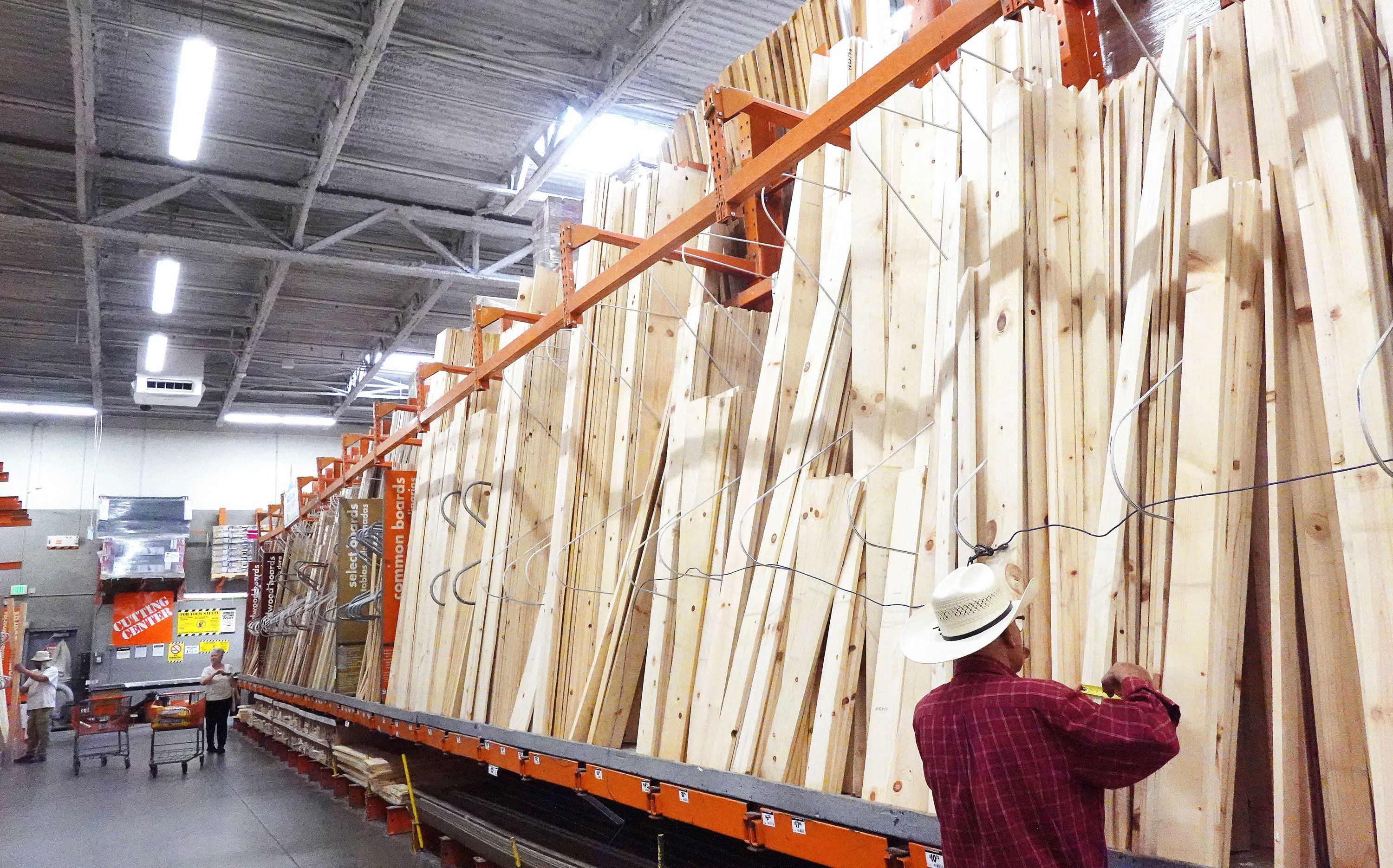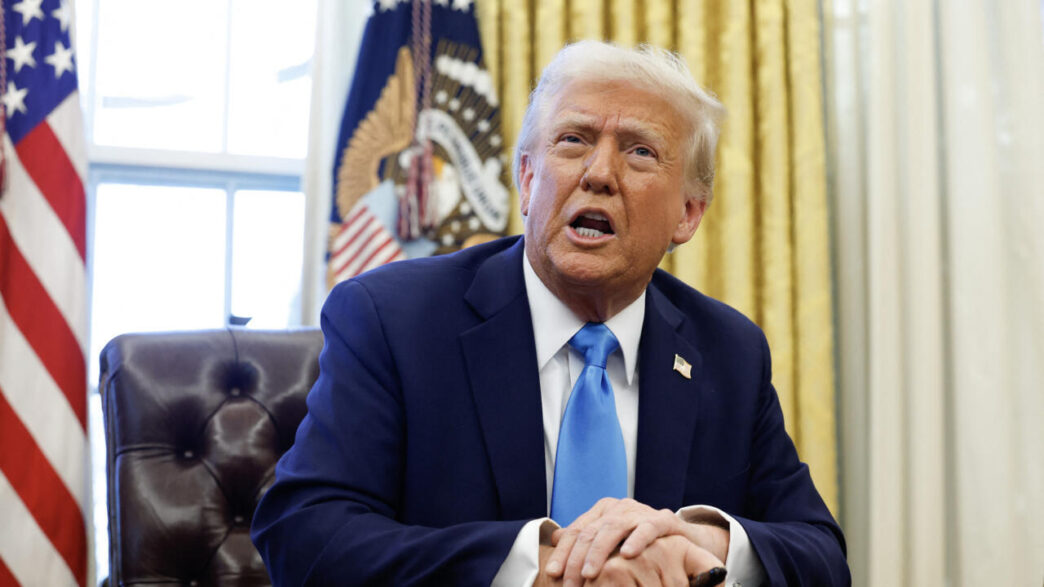US President Donald Trump’s new tariffs on imported wood, furniture, and kitchen cabinets came into effect on Tuesday, a move expected to increase building costs and pressure homebuyers in an already tough market.
The White House said the duties aim to support US industries and protect national security, expanding Trump’s previous sector-specific tariffs.
Softwood lumber faces a 10 per cent duty, while some upholstered furniture and kitchen cabinets are subject to 25 per cent. From January 1, tariffs will rise to 30 per cent on furniture and 50 per cent on cabinets and vanities.

Imports from Britain will face a maximum of 10 per cent, and those from the EU and Japan a 15 per cent ceiling, following deals reached with the Trump administration to avoid higher duties.
National Association of Home Builders chairman Buddy Hughes warned that the tariffs will “create additional headwinds” for the US housing market, where high mortgage rates and low inventory already push up costs.
Canada, the top US lumber supplier, faces duties rising to 45 per cent, which the BC Lumber Trade Council called “misguided and unnecessary,” highlighting potential job losses and impacts on the housing supply.
Economist Stephen Brown noted that a 10 per cent tariff could add $2,200 to the cost of building an average home, while furniture imports from China, Vietnam, and Mexico may also be significantly affected.
The tariffs rely on Section 232 of the Trade Expansion Act of 1962, the same authority used for steel, aluminium, and auto duties.


 Trending
Trending 











